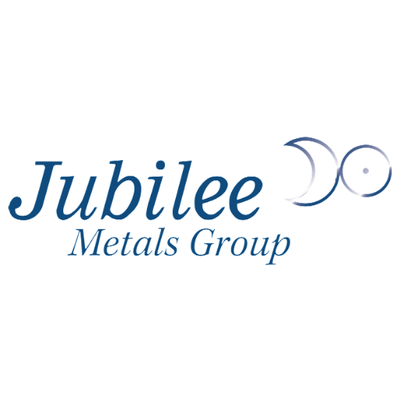An unexpected policy manoeuvre has upended conventional wisdom in the copper market, leaving investors reassessing both near-term risk and structural opportunity. Just days ago, a looming 50 percent levy on imported copper in the United States catalysed one of the most dramatic price shifts in decades. As traders scrambled to reposition ahead of the August 1 implementation deadline, domestic futures rocketed over 12 percent in a single session, briefly touching nearly $5.90 per pound before settling around $5.68. That intraday move marked the steepest jump since 1968 and sent U.S. benchmarks to a premium of roughly 25% above London quotations. Such an abrupt divergence highlights how swiftly supply-chain realities can pivot on the whims of trade policy.
The tariff announcement has amplified existing pressures on copper supply. Traditional mining hubs in Chile, Peru, the Democratic Republic of Congo and beyond have been grappling with logistical bottlenecks, workforce constraints and tougher environmental regulations, all of which have contributed to constrained output. Meanwhile, consumption drivers remain robust. The global proliferation of electric vehicles, the build-out of data centre capacity to support the artificial intelligence boom, and the urgent need to upgrade ageing power grids are collectively underpinning a surge in structural demand. Analysts now project a marginal surplus this year, around 290 000 tonnes according to the International Copper Study Group, yet that estimate belies the intense volatility playing out across regional markets.
In the United Arab Emirates and Saudi Arabia, where large infrastructure and construction projects dominate the landscape, copper already represents up to 2 percent of tender costs. Contractors have reported overall material inflation of 3 to 5% in recent months, with copper accounting for the lion’s share of upward pressure in mechanical, electrical and plumbing works. In response, developers are negotiating bespoke price-adjustment mechanisms in their contracts to share risk with suppliers rather than accept steep cost overruns. Such formula-based clauses help avoid blanket contingencies, which can unduly inflate bids, and provide clearer pathways for managing sudden price jumps.
Despite the short-term tumult, long-term fundamentals still point to a bullish trajectory. Electrification of transport and power systems requires copper in quantities far exceeding historical norms, and recycling alone will not bridge the emerging gap. Even the United States, itself among the top five producers, imports nearly half of its consumption and lacks the processing capacity to convert raw material into finished wire, tubing and components. Domestic investment will be needed to expand smelting and refining, but that process cannot accelerate on a geopolitical whim and will take years to scale. In the interim, global consumers may face a sustained premium in markets where policy-driven barriers disconnect prices from underlying supply-demand balances.
Looking further ahead, the interplay between policy, technology and investment will reshape the market’s contours. Should China’s property market and industrial sectors begin to recover, net demand growth could surprise on the upside. Conversely, if U.S. tariffs are softened or alternative trade agreements are struck, that premium could narrow considerably, offering a reprieve to downstream industries. Investors who can navigate these inflection points, perhaps by allocating to vertically integrated producers or securing offtake agreements at fixed margins, stand to benefit from the metal’s vital role in decarbonisation and digitalisation.
In the near term, stakeholders will be watching copper’s spread between New York and London with keen interest, as the gap now exceeds $2 750 per tonne. Such a disparity not only distorts international trade flows but also underscores how policy actions can outpace fundamental signals. As prices are expected to hover between $9 800 and $10 500 per metric tonne for the remainder of the year, market participants may find themselves negotiating from a position of premium strength or concession, depending on their geographic and contractual footprint.
Jubilee Metals Group plc (LON:JLP) is a diversified metal recovery business with a world-class portfolio of projects in South Africa and Zambia. The Company’s expanding multi-project portfolio across South Africa and Zambia provides exposure to a broad commodity basket including Platinum Group Metals, chrome, lead, zinc, vanadium, copper and cobalt.









































